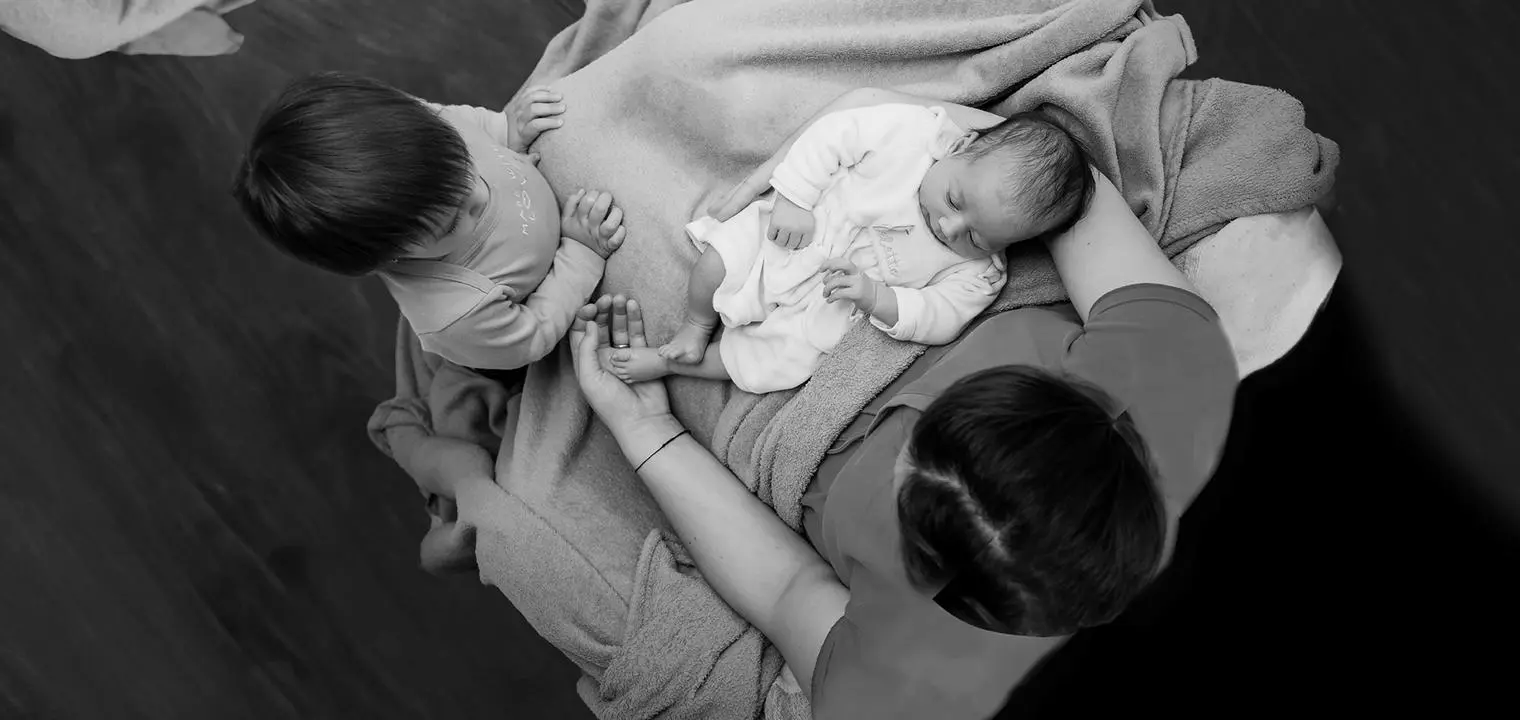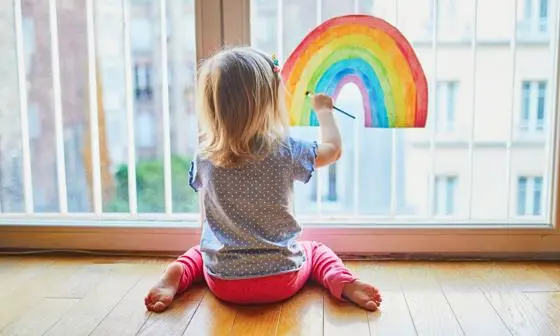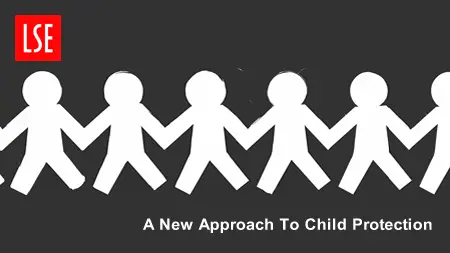The two-child limit: a growing hole in the UK’s safety net

Contents
The last few years have placed huge pressure on families in the UK, as around the world. A global pandemic, followed by the recent cost-of-living crisis, has left many families dealing with unexpected setbacks – bereavement, relationship breakdown and job loss as well as the grinding anxiety of how to make ends meet when prices are rising fast.
But for some families, the challenge is greater still. In 2017 the Westminster government created a deliberate hole in the UK’s safety net affecting families with three or more children. Covering new births from April of that year, the ‘‘two-child limit’’ restricts means-tested financial support to the first two children only.
This is a highly unusual policy in international comparative terms. In Europe only three other countries place such a limit on support – Spain, Romania and Cyprus – and in each of these the limit is three or four children, not two. The vast majority of European countries either pay benefits equally for all children or are more generous per child as family size increases.
The brainchild of the then Conservative Chancellor George Osborne – who welcomed his own fourth child in 2022 – the policy’s logic seems to be this: families should only have a third or subsequent child if they can afford to do so without state support. If they go ahead, they should increase their employment income to meet the cost, rather than expect the taxpayer to contribute. (If there is evidence that parents have not chosen a larger family, the rules are different: there are exemptions for multiple births and for babies conceived as a result of coercion, as well as for children adopted from local authority care.)
We spoke to parents for whom the policy had actually made it harder to enter work.
"I don't just have kids to get benefits"
One in ten UK children now live in families affected by the two-child limit – 1.5 million children in total – and the number continues to rise each year. Our three-year research programme, funded by the Nuffield Foundation, has been exploring the effects of the policy, using both analysis of large-scale datasets and qualitative longitudinal research with families in London and the North of England.
We find, first, that the two-child limit has had minimal impact on the birth rate. In part this is because of a lack of knowledge about the policy, which could change as time goes on. But there are a number of other reasons. For many families we interviewed, times were good when they had their additional child, so the level of benefits that would be available in a time of need was simply not part of the equation.
One of our interviewees Meriam, for example, knew about the policy but was in paid work when her third child was conceived and didn’t pay much attention:. She said:"I was aware but you know that you’re still okay, you know, you’re working, you’re not actually dependent on them. So you thought you will be fine, until the pandemic changes everything."
For others we spoke to, conception was an accident and termination not an option for religious or moral reasons. And for a few, the desire to have the family they wanted was simply more important than financial considerations. As Sara put it: "I don’t just have kids to get benefits and stuff like that, I have kids because I love ‘em."
No impact on employment rates or hours worked
Second, we find no impact at all on employment rates, or on work hours (two-thirds of affected families are already doing some paid work). This initially surprised us: the financial impact on families is substantial – currently around £270 per month, per child – and increasing working hours would be an obvious way to make up the shortfall. But our interviews show that parents’ labour market participation is constrained for a number of reasons.
Many parents had health problems, or their children did – like Laura, a single parent to three children, two with considerable special care and support needs. Laura said she would "love to [go] back to work" but "things are so uncertain for my youngest at the moment, you know, they’re testing him for multiple conditions and I just don’t know if I’m ever gonna be able to not be caring for him full-time.’’
For some, childcare was a significant barrier – not only the cost but also the logistics when several children were involved with different pick-up and drop-off times. This was a particular challenge for lone parents.
We also spoke to parents for whom the policy had actually made it harder to enter work. When we first interviewed Amanda, she had recently completed a degree in graphic design, but had to sell the equipment she needed to establish her own business because she did not have enough money to meet her family’s basic needs. In addition, several parents spoke about the mental toll of struggling to get by, and the knock-on effect on their readiness to work, like Daneen: ‘‘It makes you lose everything, your motivation, your ambition, you know, your mental health; how can I even think about working when I’m constantly feeling ill, I feel sick and I feel like I haven’t been able to do anything that I wanted to?’’
It is also evident that deprivation has emotional as well as material effects on children.
Government policy has increased poverty and hardship
In sum, the two-child limit has had limited or no effects on the government’s stated objectives for the policy. What it has meant, instead, is sharp increases in poverty and hardship – because the level of support available to families that fall on hard times is explicitly designed to be inadequate. Nearly half of UK children with two or more siblings now live in poverty, and this number is projected to rise sharply in coming years.
The implications for children’s lives are multiple and far-reaching. Despite parents’ best efforts to shield children from the impact of low income, the list of things they told us they are unable to afford includes nappies, baby milk, heating, fresh food, shoes and clothes that fit, replacements for broken white goods like a washing machine or a cooker, after-school clubs, swimming lessons, school trips, celebrations on special occasions and outings with family or friends.
It is also evident that deprivation has emotional as well as material effects on children. For example, Jessica’s daughter, who is autistic and finds school difficult, has had to give up going to dance classes, "the place where she was happy and thrived".
Alisha told us about the impact on her nine-year-old: ‘‘Things like school photos, when school photos come round, he starts to panic because he wants a haircut, he daren’t ask me. Cheapest haircut I can get for him is about £10 or £11. I’ve tried doing clippers and stuff at my home; no, it don’t work, he’s got very thick hair and he’s nine, he wants to look nice … He’s got quite anxious. He is a more shy child than my oldest but he didn’t have anxiety issues before.’’
So far, there is no sign that the UK government intends to roll back on the two-child limit. More unexpectedly, Labour leader Keir Starmer has indicated that a future Labour government would retain the policy, despite a pledge by Starmer that he would be "laser-focused" on poverty. But our research sheds a clear light on the damage the policy is doing, not only to children’s experience of childhood today, but also to their long-term opportunities and life chances. Retaining it in light of this evidence is both cruel and short-sighted. In the words of one of our participants, Rachel, the government should: "Invest in the children, not punish them."
Download this article as a print-optimised PDF [262KB].




